With the three modules of the No-Code AI Pipeline, it is possible for you to directly enter the exciting world of artificial intelligence and make your first experiences with this technology. Since the tools are all open source and can be installed on your own infrastructure, the hurdle for companies to use them is lowered. All these software modules have been intensively tested and are in industrial use. The experience gained there and the feedback from the worldwide community is incorporated into the further development of the No-Code AI pipeline in order to further improve the individual modules. The following article presents the three main modules of the No-Code AI Pipeline. In addition to these three modules, there are other exciting modules that round off the AI Pipeline and which will be discussed further in this series of articles, such as the Anonymization Api.
Labeltool Lite
In order for a neural network, i.e. artificial intelligence, to learn which information in an image has which meaning, this information in the images must first be marked with so-called labels. For this purpose, these areas of an image in which the relevant information can be seen must be marked, i.e. marked with a label in the form of, for example, a rectangular box by, for example, a human being. These labeled images are then the training data (image + label) for the later training of the neural networks. To set the labels in many thousands of images is very time consuming but very important for the success, i.e. a good recognition rate of the later trained neural network.
The Labeltool Lite with its sophisticated interface design supports the process of labeling the images quickly and easily. Also, several people or employees can work simultaneously in the Labeltool Lite a training dataset consisting of the images still without label and so many thousands of images quickly provided with labels.
The Labeltool Lite also has the possibility to store an already trained neural network which can give suggestions for labels which the user, i.e. the human, only has to check and in rare cases optimize. This speeds up the labeling process considerably and improves the quality. Even faster is the synthetic data generation tool that can generate tens of thousands of training data sets fully automatically. More on this in a later post here on my blog.
No special hardware is needed to install and use Labeltool Lite. If several employees should access the Labeltool Lite and the same data set at the same time, the installation on a central server makes sense. With the Labeltool Lite the basis of training data is created which is used in a further step in the Training Suite for the training of the neural networks.
The following figure shows the Labeltool Lite in its current version from January 2022.
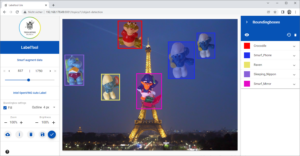 No Code AI Pipeline Labeltool Lite
No Code AI Pipeline Labeltool Lite
Im jetzt folgenden Kapitel wir die Training Suite vorgestellt.
Training Suite
The Training Suite is needed to train neural networks on the database of labeled training images. Since the training of neural networks is very time and energy intensive, the Training Suite offers some advantages in saving time and energy and thus saving costs. This saves the environment and the achieved results are also significantly better. To take advantage of these benefits, the Training Suite uses pre-trained neural networks from the TensorFlow 2 Detection Model Zoo. This allows you to achieve very good results in a very short time without having to create tens of thousands of images yourself with labels for training a neural network. Often a few hundred images are sufficient to train a neural network that works quite well. The time and costs for such an extensive training as the networks from the Model Zoo are based on can hardly afford private persons or smaller companies. Thus, this approach conserves resources and thus the environment. Also there is the possibility within the training suite on check points of the own trainings of neural networks again and again to set up which saves also again resources. Through the internal administration of the neural networks in the Training Suite, these networks are available to all users who have access to the server via the web interface. The neural networks made available can thus be used in further applications. The use of the already trained neural networks via the network in e.g. own web applications is made possible by the integrated API of the Training Suite. Thus, developers who are familiar with NodeJS, for example, can write a working application that uses the already trained neural networks in just a few hours. Such an example application is the AI Image APP which is presented in the following section.
The following figure shows the Training Suite in its current version from January 2022.
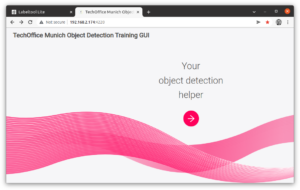 No Code AI object detectioon training gui
No Code AI object detectioon training gui
AI Pipeline Image App
The development of the AI Pipeline Image App became necessary because the large number of users in the aforementioned AI Challenge 2021 at BMW and later asked for an easier to use web application instead of the SWAGGER API of the Training Suite. So my colleague Joscha E. created this small web application within a few hours based on NodeJS and was kind enough to make it available to the worldwide community. With this AI Image App it is now possible to upload an image, pass this image to a certain already trained neural network for evaluation and display the result. The result, i.e. the probabilities and number of classes found (recognized objects in the image) can also be downloaded as a CSV file for further use.
The combination of Training Suite and the AI Image App makes the AI Pipeline so attractive because the complexity for the evaluation of images has been significantly reduced. No prior knowledge of AI is necessary for the user.
The following figure shows the AI Pipeline Image App in its current version from January 2022.
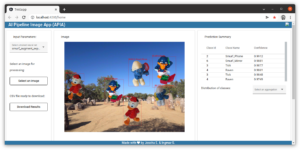 No Code AI AI Pipeline Image app
No Code AI AI Pipeline Image app
Advantages of the No-Code AI Pipeline
One of the biggest advantages of this no-code AI pipeline is that it can be used to gain initial experience with AI in a very simple way. In a further step, every user can then think about what this new technology can be used for in the respective environment, such as professional or private life.
In this way, false expectations of artificial intelligence are quickly revised and fears can be reduced by using and thus assessing this technology live. No special prior knowledge of machine learning, mathematics or statistics is required. Only an interest in data and the willingness to deal with such a new technology must bring the individual. The building blocks of the AI Pipeline are open source and the hardware requirements are manageable. Thanks to modern development, the central server on which the pipeline is set up can be adapted to any growing requirements by scaling the number of GPUs. The costs are transparent, easy to plan and the data remains under the control of each individual without having to leave the company network, for example. The advantages are obvious and with this step by step guide I will describe how to install and use this no-code AI pipeline.
My personal opinion on the subject of the cloud and the most obvious advantages associated with it must be evaluated individually and the possible risks must be set against the cost advantages.
Article Overview - How to set up the AI pipeline:
AI Pipeline - Introduction of the tutorialAI Pipeline - An Overview
AI Pipeline - The Three Components
AI Pipeline - Hardware Basics
AI Pipeline - Hardware Example Configurations
AI Pipeline - Software Installation of the No-Code AI Pipeline
AI Pipeline - Labeltool Lite - Installation
AI Pipeline - Labeltool Lite - Preparation
AI Pipeline - Labeltool Lite - Handling
AI Pipeline - Tensorflow Object Detection Training-GUI - Installation
AI Pipeline - Tensorflow Object Detection Training GUI - Run
AI Pipeline - Tensorflow Object Detection Training GUI - Usage
AI Pipeline - Tensorflow Object Detection Training GUI - SWAGGER API testing the neural network
AI Pipeline - AI Pipeline Image App Setup and Operation Part 1-2
AI Pipeline - AI Pipeline Image App Setup and Operation Part 2-2
AI Pipeline - Training Data Download
AI Pipeline - Anonymization-Api
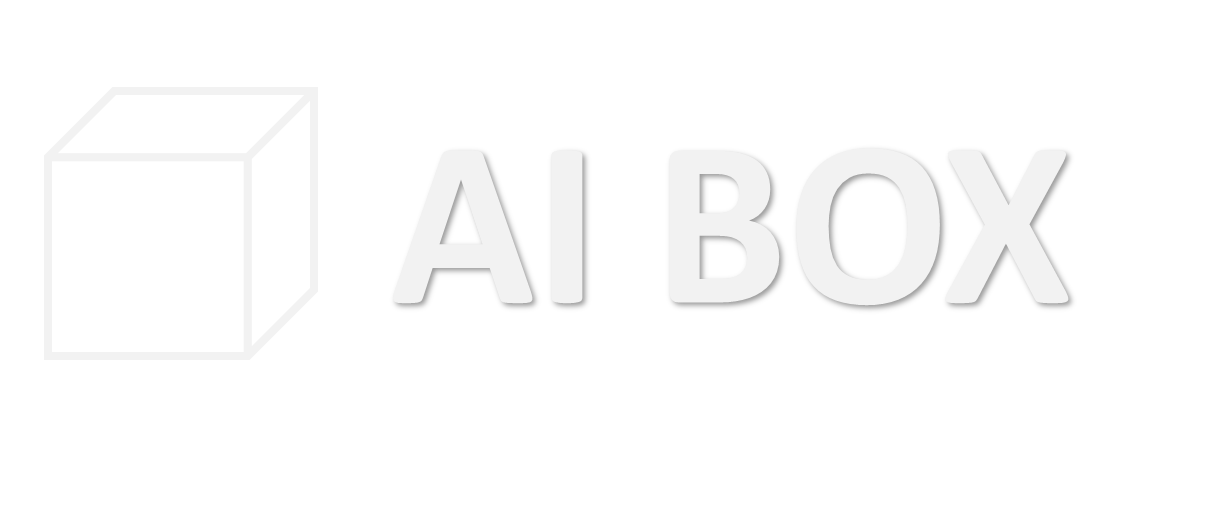




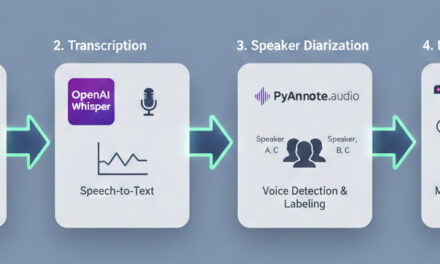

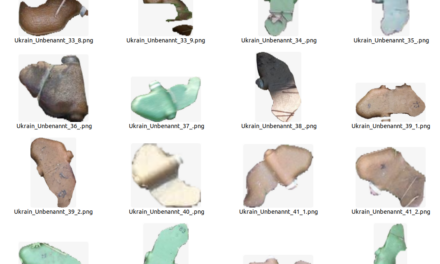
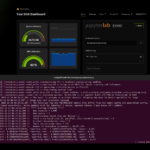
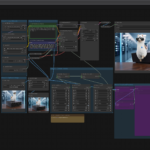
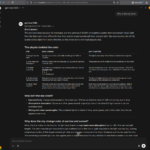
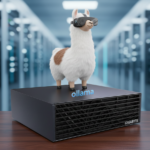
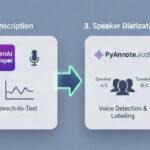
The tutorial offers a clear and practical guide for setting up and running the Tensorflow Object Detection Training Suite. Could…
This works using an very old laptop with old GPU >>> print(torch.cuda.is_available()) True >>> print(torch.version.cuda) 12.6 >>> print(torch.cuda.device_count()) 1 >>>…
Hello Valentin, I will not share anything related to my work on detecting mines or UXO's. Best regards, Maker
Hello, We are a group of students at ESILV working on a project that aim to prove the availability of…